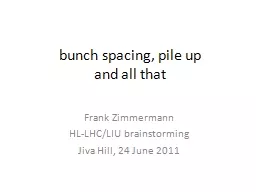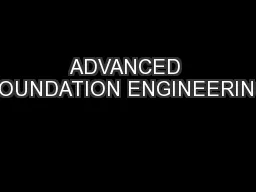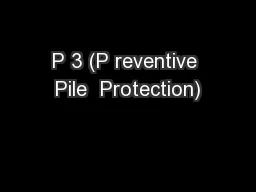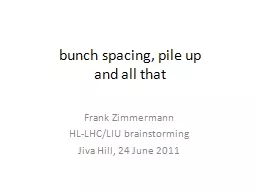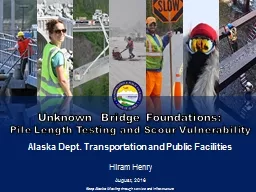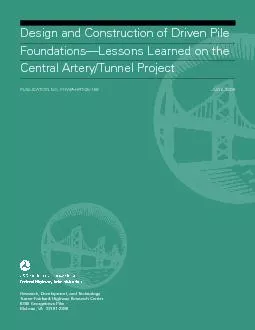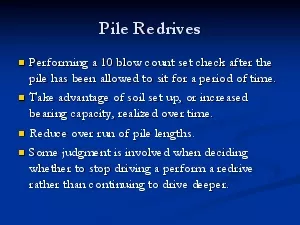PPT-DEEP FOUNDATIONS (PILE FOUNDATION)
Author : cozync | Published Date : 2020-08-28
FOR BRIDGES G S YADAV Professor Bridge 2 BASIC PARAMETERS Design discharge Design discharge for foundations and protection works Depth of scour Maximum depth
Presentation Embed Code
Download Presentation
Download Presentation The PPT/PDF document "DEEP FOUNDATIONS (PILE FOUNDATION)" is the property of its rightful owner. Permission is granted to download and print the materials on this website for personal, non-commercial use only, and to display it on your personal computer provided you do not modify the materials and that you retain all copyright notices contained in the materials. By downloading content from our website, you accept the terms of this agreement.
DEEP FOUNDATIONS (PILE FOUNDATION): Transcript
Download Rules Of Document
"DEEP FOUNDATIONS (PILE FOUNDATION)"The content belongs to its owner. You may download and print it for personal use, without modification, and keep all copyright notices. By downloading, you agree to these terms.
Related Documents


